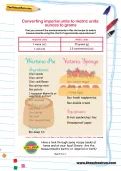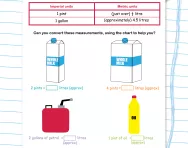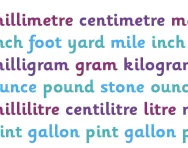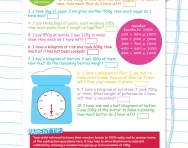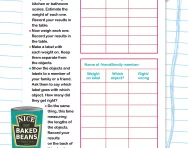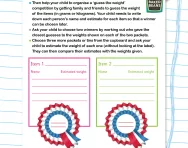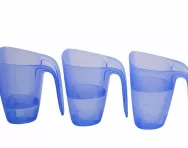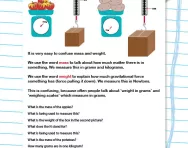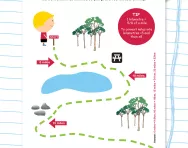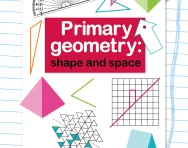Important update from TheSchoolRun
For the past 13 years, TheSchoolRun has been run by a small team of mums working from home, dedicated to providing quality educational resources to primary school parents. Unfortunately, rising supplier costs and falling revenue have made it impossible for us to continue operating, and we’ve had to make the difficult decision to close. The good news: We’ve arranged for another educational provider to take over many of our resources. These will be hosted on a new portal, where the content will be updated and expanded to support your child’s learning.
What this means for subscribers:
- Your subscription is still active, and for now, you can keep using the website as normal — just log in with your usual details to access all our articles and resources*.
- In a few months, all resources will move to the new portal. You’ll continue to have access there until your subscription ends. We’ll send you full details nearer the time.
- As a thank you for your support, we’ll also be sending you 16 primary school eBooks (worth £108.84) to download and keep.
A few changes to be aware of:
- The Learning Journey weekly email has ended, but your child’s plan will still be updated on your dashboard each Monday. Just log in to see the recommended worksheets.
- The 11+ weekly emails have now ended. We sent you all the remaining emails in the series at the end of March — please check your inbox (and spam folder) if you haven’t seen them. You can also follow the full programme here: 11+ Learning Journey.
If you have any questions, please contact us at [email protected]. Thank you for being part of our journey it’s been a privilege to support your family’s learning.
*If you need to reset your password, it will still work as usual. Please check your spam folder if the reset email doesn’t appear in your inbox.
Converting measurements
Why is it important to learn how to convert measurements in KS2?
Knowing how to convert measurements is important for several practical reasons:
- Different countries may use different units of measurement. For example, some countries use the metric system (like meters and kilograms), while others use the imperial system (like feet and pounds).
- In certain fields, such as science, engineering, and manufacturing, precise measurements are crucial. Converting measurements ensures that data and specifications are consistent and accurate, preventing errors and misunderstandings.
- Converting measurements is often necessary in daily life. For instance, when following a recipe, you may need to convert volumes or weights between different units.
Learning how to convert measurements at an early age will be a valuable skill throughout your child's life.
How will this worksheet help my child convert measurements?
This KS2 resource focuses on converting ounces to grams. It provides your child with a chart of approximate equivalences (which is a fancy way of saying conversion chart!) that they can use to help them work out the measurements in the recipe and convert the ounces to grams. The answers are provided at the bottom of the worksheet.
For more information and resources about converting measurements, check out our hub page on weights and measurements.
